This is a lesser known but not uncommon lobelia that some may confuse with Lobelia inflata due to the pale color of the flowers. Unlike Lobelia inflata, this one is perennial (albeit short-lived like the rest of the Lobelias). Native to Pennsylvania, this highly adaptable species (when it seeds in) is a worthwhile addition to a native garden.
Find pale-spike lobelia in the wild
Habitats include moist to mesic black soil prairies, typical savannas and sandy savannas, moist meadows in woodlands or near rivers, thickets, bluffs, limestone glades, and abandoned fields. This is usually an understory plant whose inflorescence appears among the taller grasses and forbs. (Source)
Grow downy lobelia in your garden
Although not as showy as Lobelia cardinalis or Lobelia siphilitica, this species is reportedly much more adaptable, tolerant of dry conditions, once established. It seems that every person I’ve spoken to about this genus has had different experiences. I find Lobelia cardinalis to be fairly easy to grow and establish, but the wild species is also present on my property. Others have had better luck with Lobelia siphilitica, which I find to be more temperamental than cardinal flower. Lobelia inflata grows everywhere on my property – full sun, shade, mesic or dry. From what I’ve read, pale-spike lobelia behaves in a similar manner to Lobelia inflata.
Worth noting, although other Lobelias I grew this year absolutely took off in pot culture, these have remained as rosettes. They’ve been treated similarly, same growing conditions. You can plant the rosettes, which will likely remain evergreen through the winter like the others (so don’t let the leaves cover them), and they’ll take off next year. I prefer to plant out rosettes than ones with flower spikes, and tend to try to prune back flower spikes in the nursery to preserve that energy for the future garden. It is so much easier to establish them at this size, and ones I’ve planted as rosettes really put on a show the following year.
None of the Lobelias are pet safe, if your pets are known to chew on your plants. If you really care about the birds, you need to keep your cats indoors. You can train your dogs not to chew your plants by spraying them with hot pepper. I trained my dog to stop digging holes by drizzling hot sauce in the holes. Spraying your plants with capsaicin will do the same thing – after a few too many spicy snacks, they’ll prefer kibble.
Judgy Judy says…
She still doesn’t believe any of the Lobelias could possibly be native. She grows them and she doesn’t give two hoots about native plants. Except pukeweed (Lobelia inflata), she won’t grow that. Which is fine because that’s a common annual so it’ll pop up whether or not she wants it. These showy lobelias are safe from the HOA police.


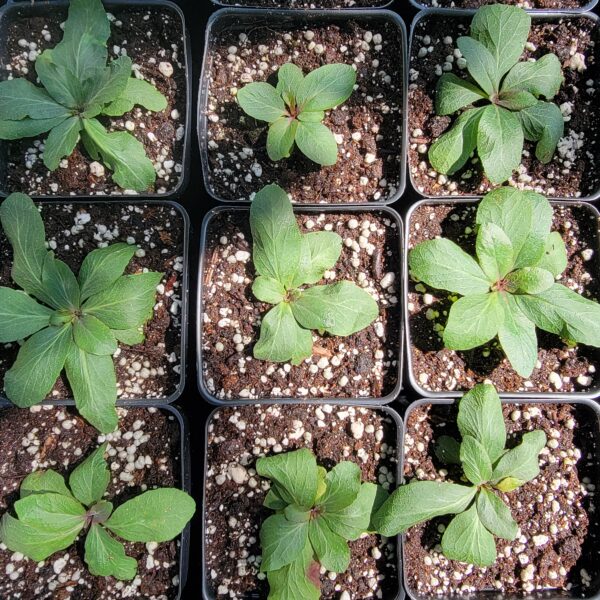



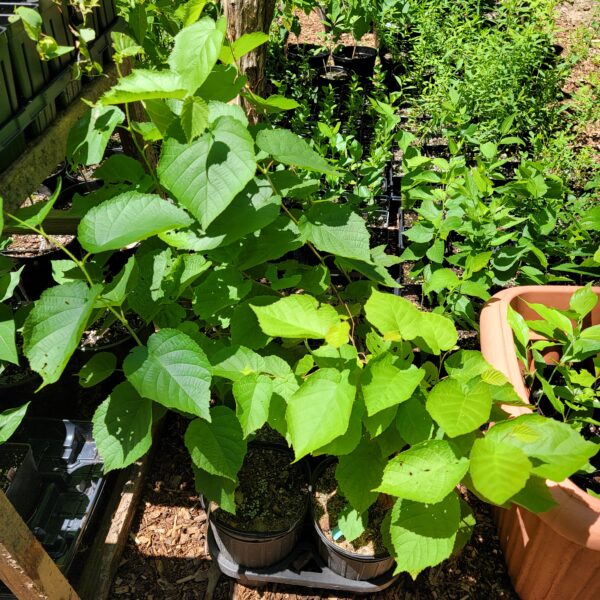

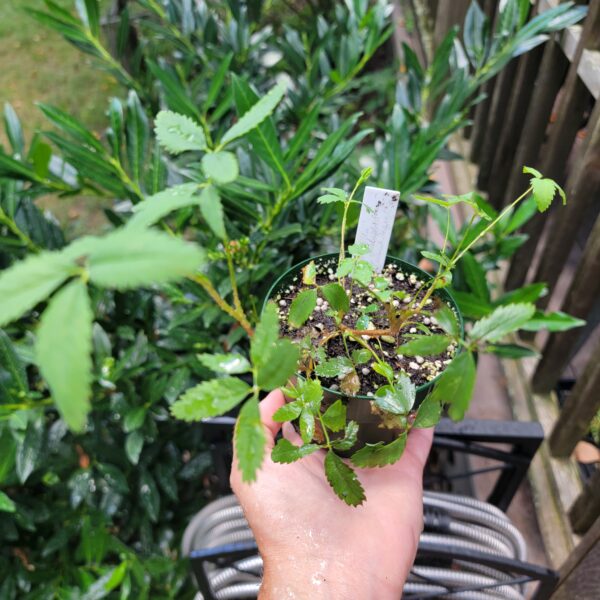



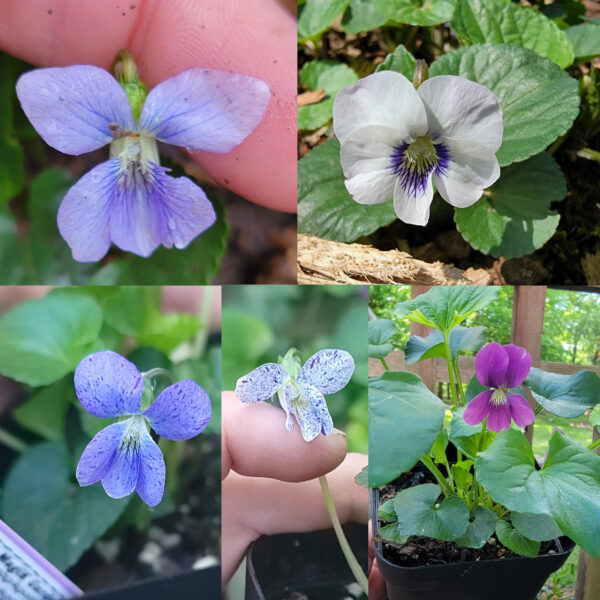
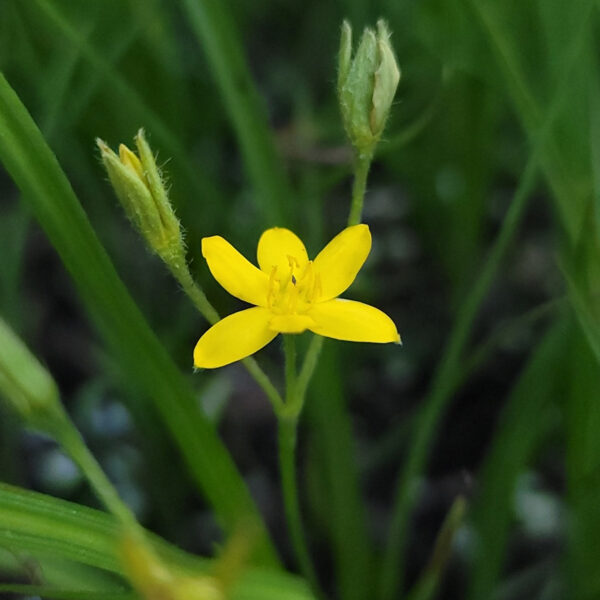
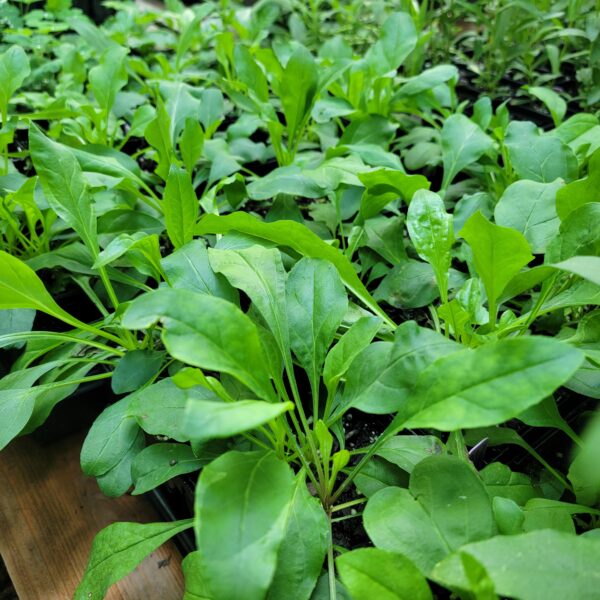

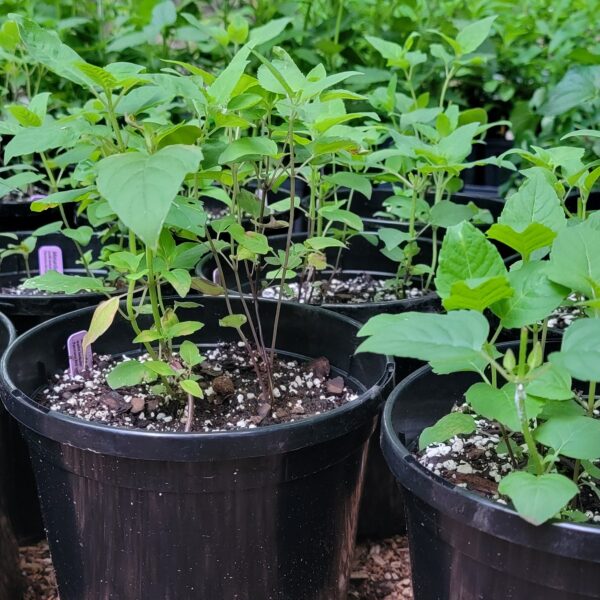
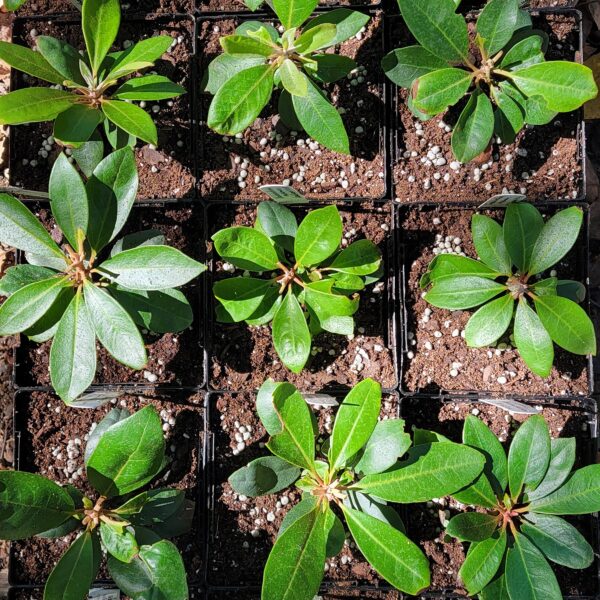


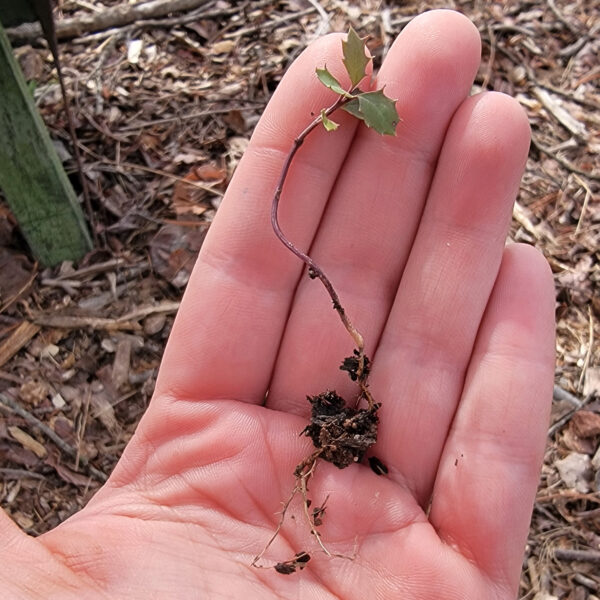
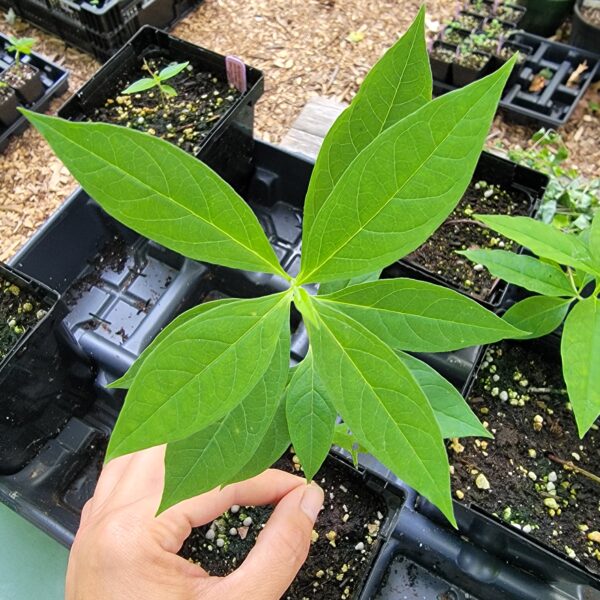

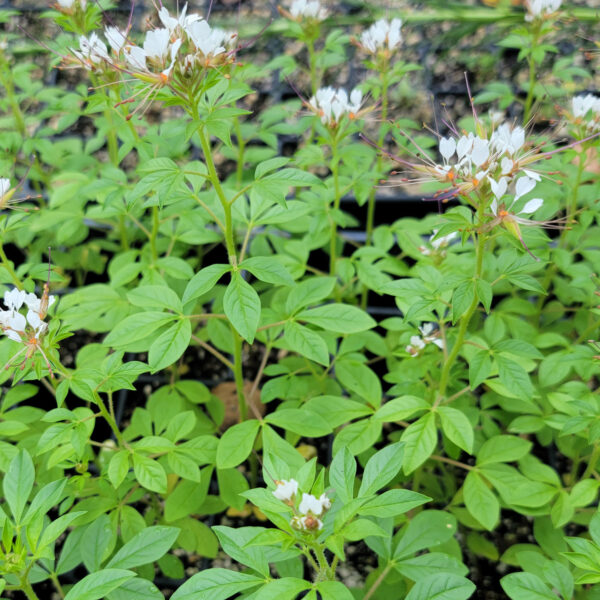

Reviews
There are no reviews yet.